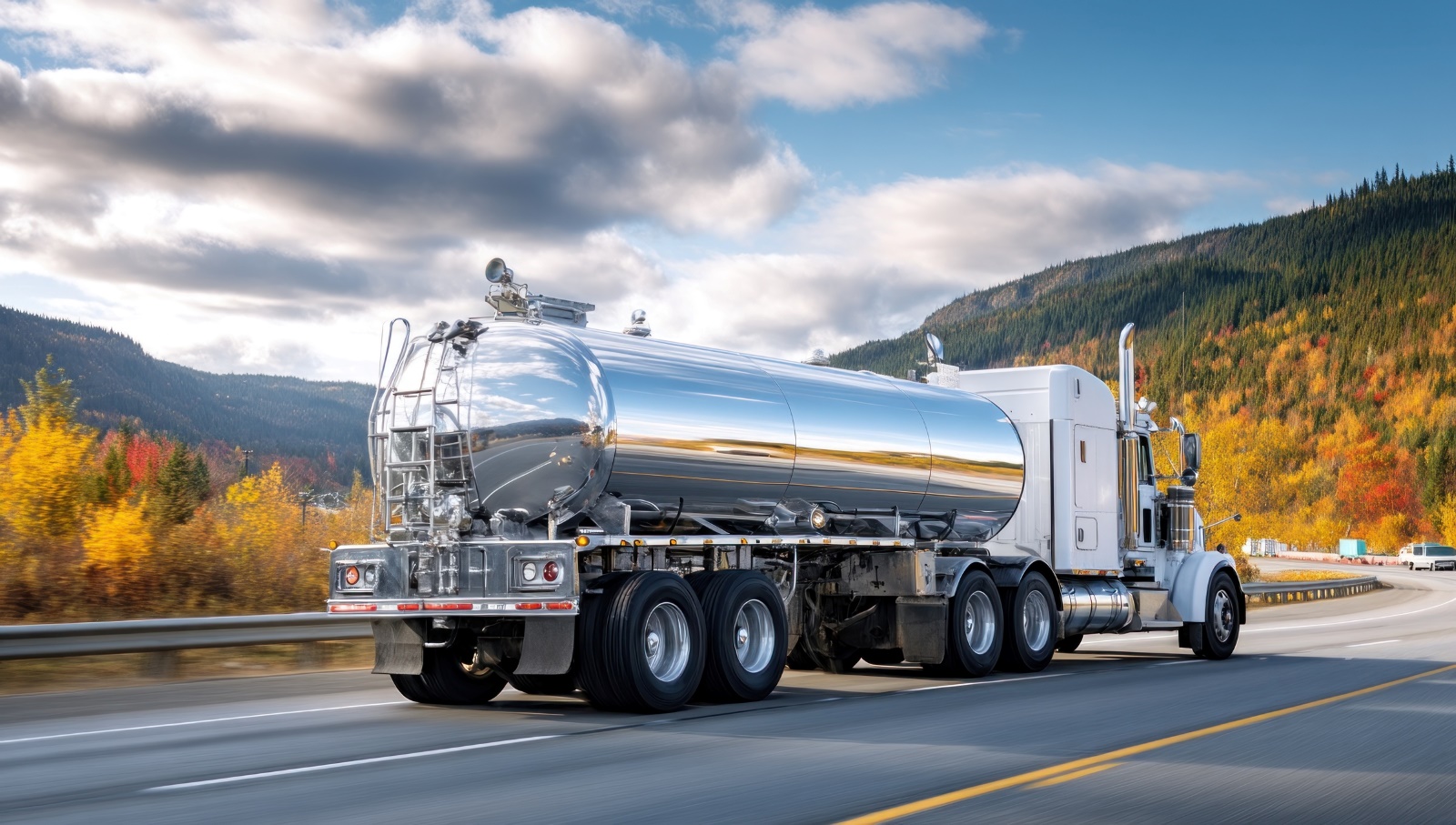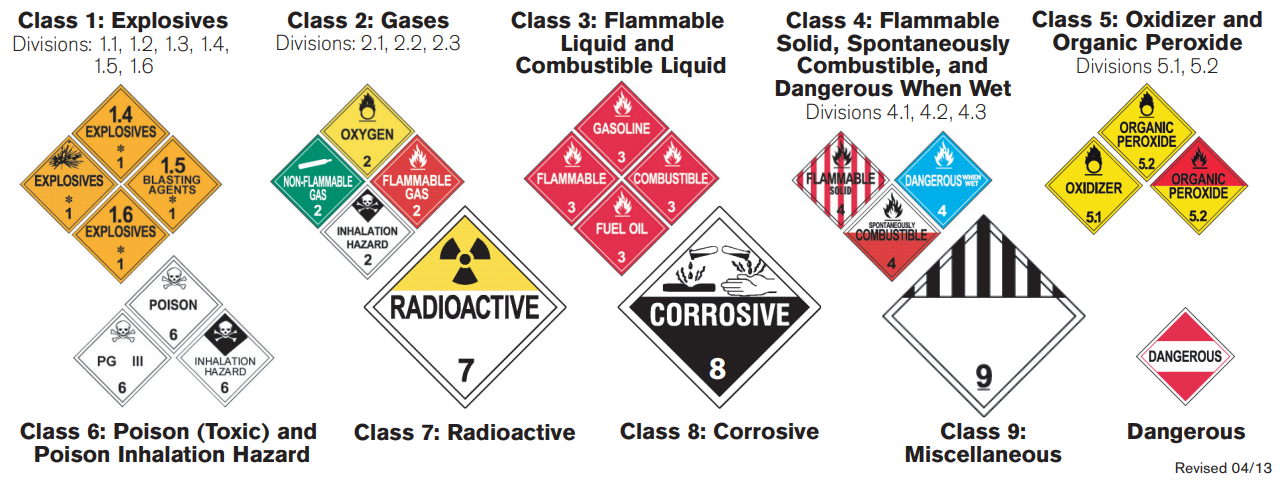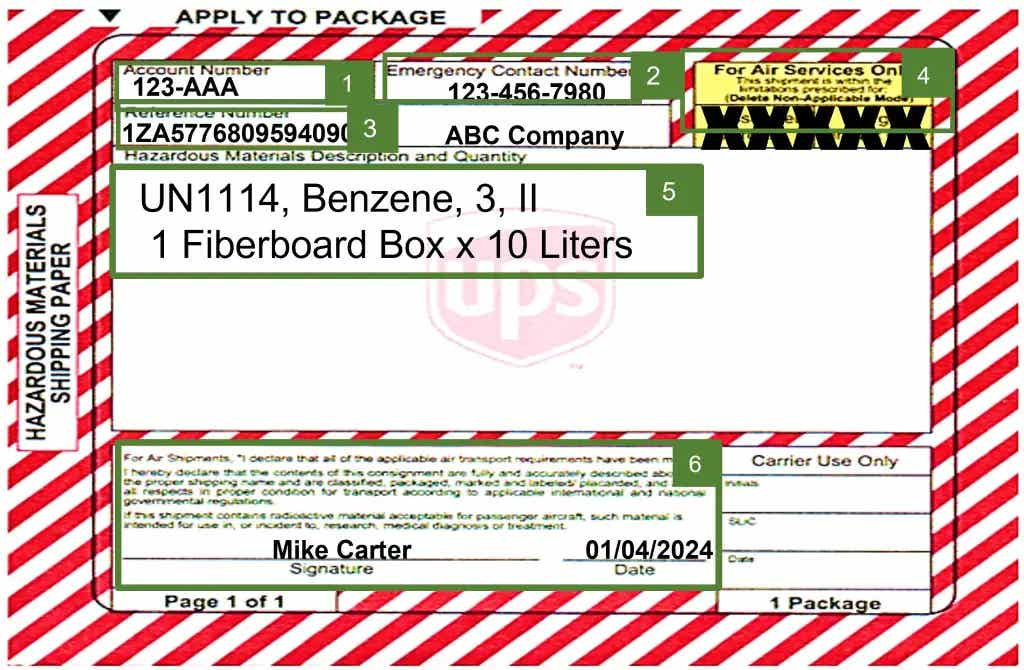Safe Hazmat Transport: 2025 Rules Every Driver Must Know

Hauling hazardous materials in 2025 is no longer just about following the rules. Every fleet and driver must navigate a complex web of regulations, rising fees, and strict enforcement. Getting it right means protecting your employees, your cargo, and your business.
We will break down everything you need to know to haul hazardous materials safely and stay compliant this year.
What Is a Hazardous Material?
The Department of Transportation's hazardous materials definition includes any substance that poses a risk to health, safety, or property when transported. The DOT classifies hazardous materials into nine categories, such as explosives, flammable liquids, toxic substances, and radioactive materials.
You May Also Like: Running a Truck Fleet: Smart Solutions to Common Operational Challenges

Each category has specific handling, packaging, and documentation requirements, so let’s check them out.
Whether you are dealing with limited quantity dangerous goods or bulk packaging hazmat, knowing the proper category is the first step toward safe operations.
PHMSA Registration
The Pipeline and Hazardous Materials Safety Administration requires annual registration for companies involved in hazardous material transportation. For the 2025–2026 year, registration opened on May 1 and must be completed by July 1 or before any regulated activity. Skipping this process not only halts operations but can result in penalties that affect your ability to book hazmat load rates as an owner-operator or carrier.
Registration should be completed directly through PHMSA's portal to avoid unnecessary third-party fees. Compliance with registration ensures your operations are recognized as legally authorized and reduces the risk of fines.
Hazardous Materials Endorsement
Drivers need a CDL with a hazmat endorsement to haul placarded hazardous cargo. The fee in 2025 is $85.25, or $41 for drivers who already have a TWIC card. Hauling hazmat without endorsement is illegal, and the penalty for hauling hazmat without endorsement can include fines, license suspension, or even criminal charges.
You May Also Like: DOT Number Basics: How to Find, Verify, and Keep It Active
Obtaining the endorsement requires passing a TSA security threat assessment and maintaining compliance with all regulations regarding the transport of hazardous materials.
Unified Carrier Registration
The FMCSA hazmat requirements tie directly into the Unified Carrier Registration program, which requires motor carriers, freight forwarders, brokers, and leasing companies to register annually. In 2025, fees increased by approximately 25 percent.
Small carriers with 0–2 vehicles now pay $46, while carriers with more than 1,000 vehicles may pay up to $44,836. This registration keeps carriers compliant for interstate hazmat trucking and other freight hauling activities.
Shipping Papers
Federal law requires you to keep the papers about hauling hazardous materials accessible in the cab. These hazmat shipping papers must list the shipping name, hazard class, UN/NA ID number, packing group, and quantity.
You May Also Like: How Truck Drivers Can Renew Their DOT Medical Card in 2025

Whether moving hazardous goods transport, tih hazmat, or hazmat fuel transportation, accurate paperwork ensures compliance with DOT shipping requirements and faster response in emergencies.
Placarding and Labeling
Correct hazmat placards are essential for compliance. From a flammable placard to a hazmat placard for diesel, each material has specific requirements. Placards inform first responders of potential risks and must follow DOT placard placement requirements.
Even non-placarded hazmat must still meet packaging and documentation standards under DOT hazmat regulations. Understanding dangerous goods placards and container placarding requirements ensures no load is left vulnerable to fines or accidents.
Incident Reporting
If a hazardous materials incident occurs, the DOT hazmat requirements mandate reporting to the National Response Center within 12 hours, with a written report due in 30 days.
Knowing what you must do when hauling a load of material is part of being a safe and compliant hazmat truck driver. In addition to contacting the NRC, drivers should secure the scene if it is safe to do so, alert local emergency responders, and provide accurate details about the hazmat cargo, including quantity, hazard class, and proper shipping name.
Maintaining documentation of the incident and any immediate response actions not only protects the public and ensures accountability but also helps mitigate liability and avoid heavier fines. Familiarity with the Emergency Response Guidebook DOT can direct truck drivers on initial response actions and spill containment procedures, which are critical for both safety and regulatory compliance.
You May Also Like: Shocking Facts: How Many Semi-Truck Drivers Die Annually in the U.S.
2025 Regulatory Updates
The DOT has rolled out changes in 2025 to modernize hazmat transportation regulations. Updates include new shipping names for detonators, increased UCR fees, and multiple rulemakings under review.
Fleets should watch for updates in the Hazardous Materials Regulations (HMR hazmat), including DOT packaging requirements, hazmat BOL requirements, and DOT regulations for transporting medical waste. Staying on top of these changes ensures compliance in both domestic and hazmat international shipping operations.
Hazmat Loads and Pay in 2025
A big question for drivers is: Do hazmat loads pay more? The answer is yes. Hazmat load rates are often higher than standard freight, with pay depending on the cargo, route, and risk involved.
Many drivers take hazmat OTR runs because of the premium. According to industry data, hazmat load rates for owner-operators can see increases of 10–25 percent compared to dry van. Understanding how much hazmat loads pay can help fleets and drivers balance risk and reward when booking freight.
Transporting hazardous substances requires more than just a CDL and a truck. It demands knowledge of DOT hazardous materials transportation regulations, careful planning, and a commitment to safety.
Fleets and drivers who master compliance, from hazmat shipping paper requirements to placard requirements for hazmat, not only avoid penalties but also secure higher earnings in a competitive freight market.
In 2025, successful hazmat hauling means balancing safety, regulation, and profitability.












